Having a major surgical procedure like hip replacement surgery is no joke.
Putting yourself through any strenuous activity may not be the best idea toward your road to recovery.
However, if you’re like me—I bet one of the first questions you’d ask your doctor after having hip surgery is “can I play golf after hip replacement surgery?”
It’s very possible that you can play golf after hip surgery, but before you do go ahead and read below on what you need to consider when getting back out on the course.
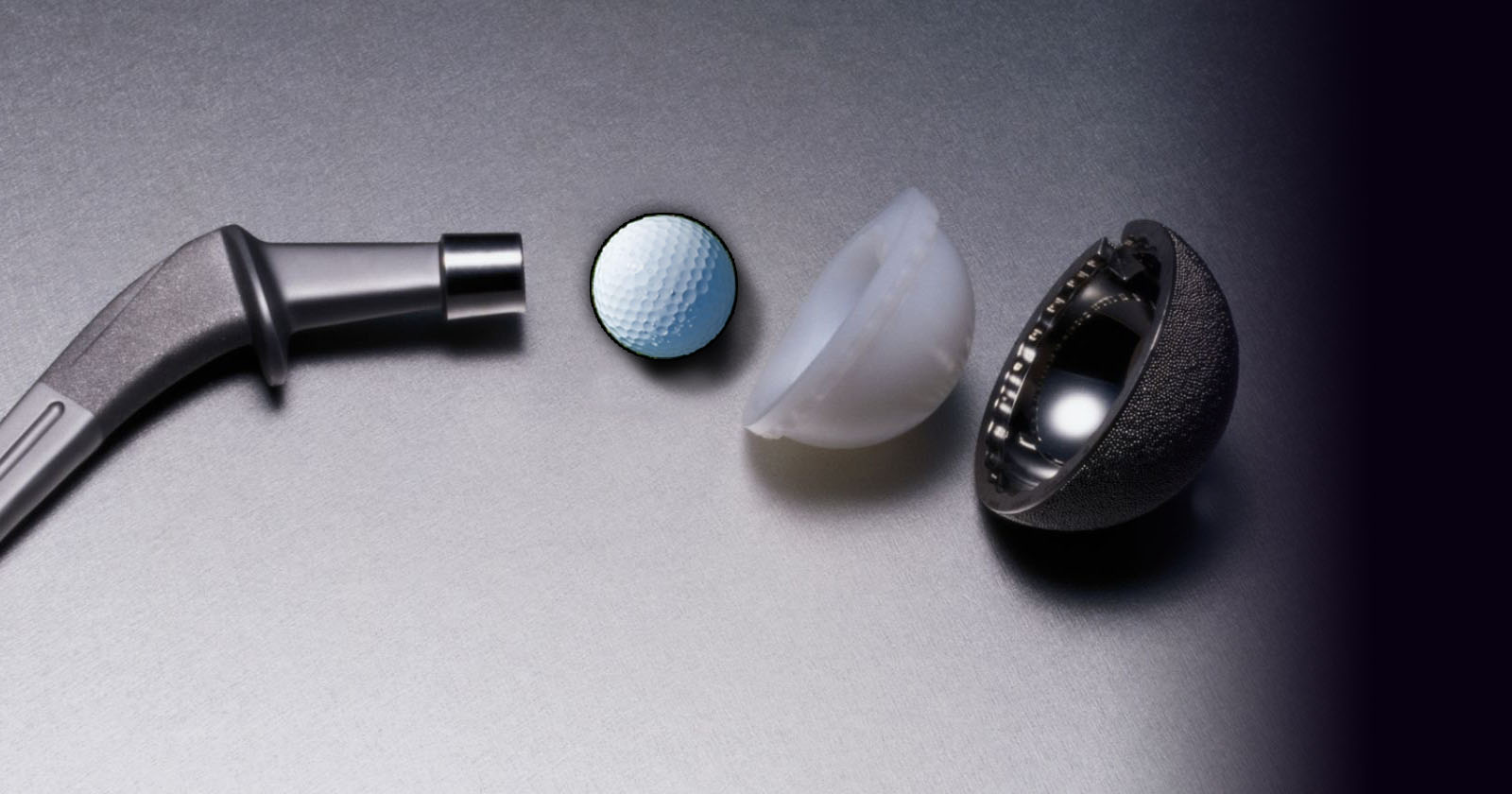
Modern hip replacement surgery is not as invasive or traumatic as it used to be with the advent of keyhole surgery; the recovery to full mobility takes a lot less time and work than it used to, but how soon after surgery can you play golf?
Playing golf after hip replacement
Specialists recommend that you take at least three months before returning to golf after hip replacement surgery, but you can start putting and chipping within four weeks, swinging from four to eight weeks, and returning to full golf after 12 weeks.
Because hip replacement surgery and recovery will vary from person to person, you should only start getting back into golf after consulting with your doctor or surgeon and not risk injury to the joint by rushing back into golf too soon after surgery.
How long before I can golf after hip replacement?
Most hip replacement patients can start to walk and move around within a day afterward.
Still, due to the nature of the mechanics in the golf swing and associated movements, you would need at least three months or more before being able to play a full round at full strength.
However, you can play the more gentle shots like putting and chipping within four to eight weeks, respectively. You should always get medical advice before returning to any activity after a hip replacement.
Even with the far less invasive nature of modern hip replacements, the body still needs time to heal, which means time for the incisions to heal and the joint itself to recover from inflammation to the point where there is little to no discomfort.
Physical therapy is recommended for proper recovery, and you should not be rushing back to play a full round of golf before you get the all-clear from your doctor. This will depend greatly on your healing ability and how well the physical therapy progresses.
Golfing after hip replacement: Exercising is very beneficial
What exercises can you do to strengthen your hip after surgery?
Doctors recommend that moderate exercise like walking daily for 10-30 minutes will increase the strength and mobility of the hip joint.
This has been backed up by studies demonstrating faster mobility recovery is achieved through regular light to moderate exercise.
While you may not walk the golf course when you return, and this may have initially been caused because of osteoarthritis, to begin with, walking daily without overexerting the joint and doing some specific stretches will help the hip joint recover.
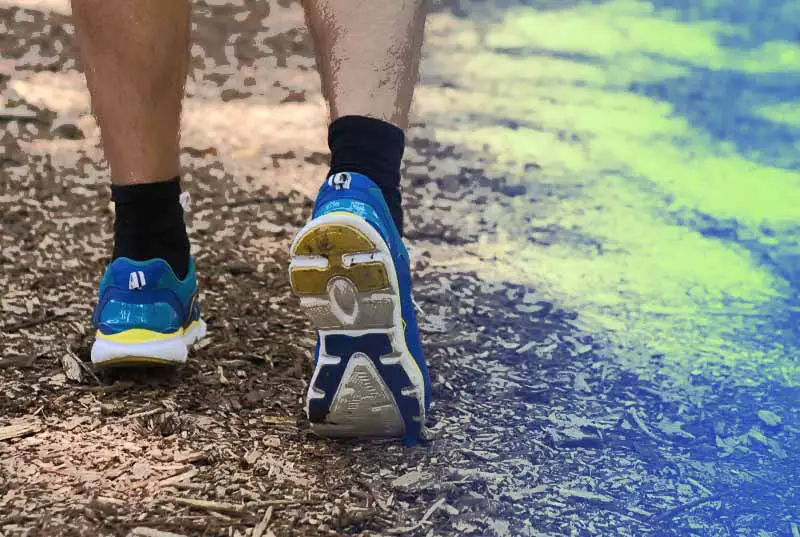
Another consideration when looking to return to golf is how you execute bending forward or bending over when you pick up a ball or mark it.
It is better not to extend beyond the 90-degree angle; here, you may need to change this motion to prevent the risk of injury, flare-up, or dislocation.
Tip: When bending over, put your weight on your other leg and keep your ‘replacement’ leg straight back to prevent any undue pressure on the hip joint, and use this leg for balancing yourself. Do this slowly, as losing your balance and falling over would be catastrophic.
How to start with golf exercises after a hip replacement
To think you can start swinging again after hip replacement is folly and is not recommended despite how your leg and hip may feel.
Remember, hip replacements can take up to a year or longer to heal properly, so regardless of how eager you are to return to the course, you need to consider the potential long-term consequences if you come back too soon and damage yourself.
Start by swinging the club slowly
Start by holding the club with straight arms and simply swinging the club in your arms, almost like a chip or putt.
Because the club has weight, it will cause some mild stretching and stress on the hips as you swing the club.
You should quickly and accurately determine your body’s level of discomfort during this motion and where your swing ability lies.
Never push this further to the point of pain, as this is your body’s way of telling you that you are exceeding your safety limits.
Remember that you want to be able to play golf for years to come, and sacrificing a few weeks or possibly even a couple of months to ensure proper recovery will be worth it.
If you experience pain, you need to stop immediately, wait a week or two and then try the exercise again. Some people may recover faster than others, but this is not a race, and it’s all about the long-term recovery and playing ability.
Head to the practice greens
Once this motion is comfortable, you can move to the practice green, make some putts there, and head to the chipping green to play some shots with more backswing and follow-through than putting.
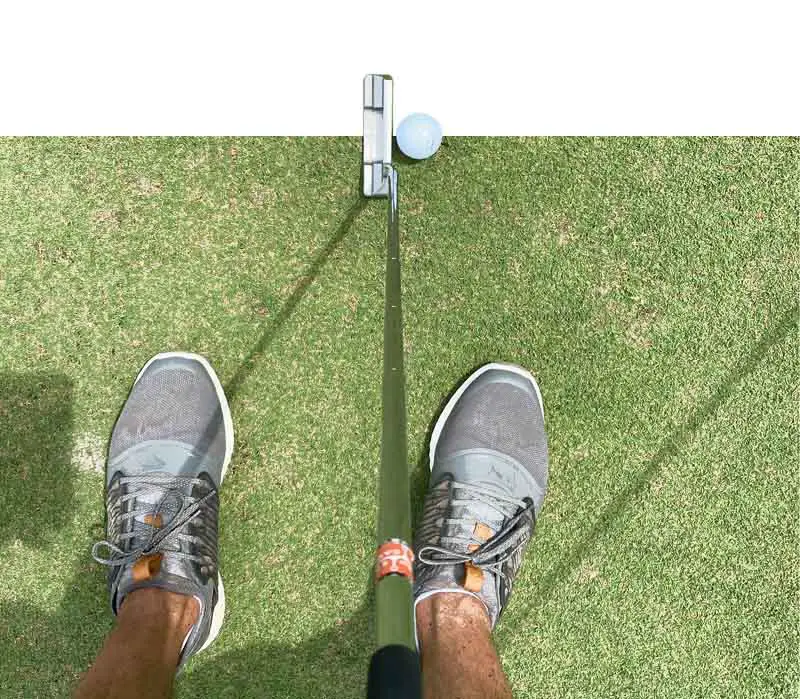
The same rules apply here.
Take it slow and play short-range shots that require only a little rotation of the hips through the swing and see how that feels on your leg and hip.
If there is only light or mild discomfort, play until you are tired or the pain increases.
Keep up your daily walks and strengthening exercises to speed up the recovery. If the pain increases during this exercise, cease immediately and return to putting.
Give your hip a week or so to recover before heading back to the chipping green.
Making the full golf swing after a hip replacement
Starting with putting and chipping will reintroduce your body back to the familiar motion of the golf swing, and while these are not full swing motions requiring rotation of the hips and body under power, it’s a great place to start your journey back to golf.
Before moving to the full swing, always chat to your doctor and physical therapist as well as do some research or find a golf coach that can assist you in recovering to the point where you can make full swings.
This is not a time to be proud and go for it as the risk of injury like dislocation can easily occur if you try and do too much too early.
Before the procedure, hip rotation on the backswing and downswing would become progressively more difficult as the discomfort and decreased mobility became more pronounced.
This may have caused a modification in the swing technique to accommodate the condition.
Many golfers that have had this procedure often report that they have far better mobility and ball striking after the surgery as now they are not restricted in their motion – but the return to the full swing must be gradual.
Best golf swing after hip replacement
Initially, you may need to modify your swing to reduce the stress on the leg and hip during the rotational motion in the golf swing.
Most golfers are taught to swing with their feet flat on the ground and parallel to each other.
Using this setup after hip replacement will invariably cause undue stress, so to combat this, flare your feet so they point a little outwards as this will reduce the tension on the hips and legs. Swing off the toes may also be a good idea until you are fully recovered.
This means lifting your front heel off the ground on the backswing and then lifting the back heel on the downswing.
Several successful pro golfers do this; you will see this movement if you watch seniors golf.
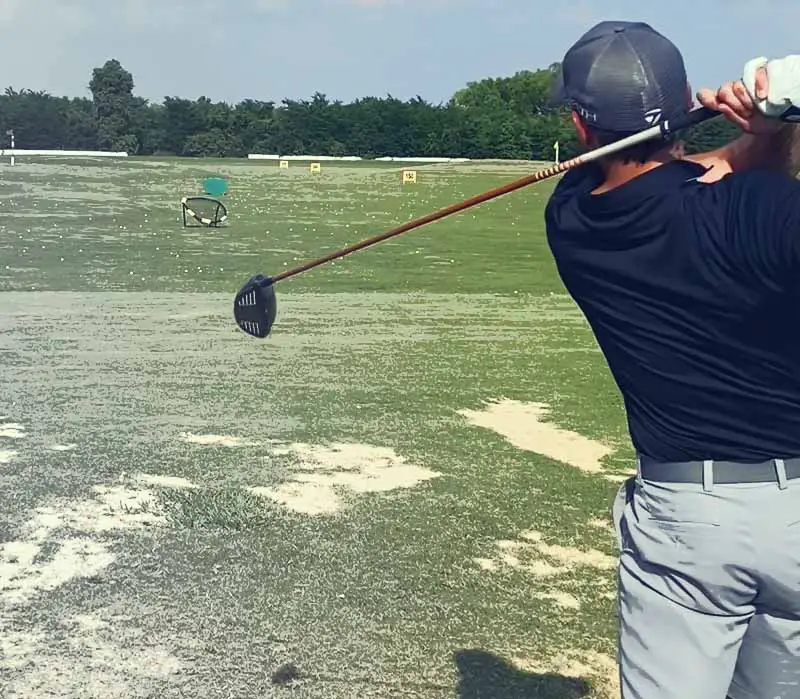
This technique allows you to make wider and bigger hip turns, which is a critical component in a consistent golf swing, and by turning the trunk more in the swing, you reduce stress on the newly replaced hip joint.
Golf movements originate in the lower back, and not causing the hip muscles to stretch too much too soon will reduce the risk of injury, and you might even find yourself hitting the ball better!
Play golf in the right conditions after a hip replacement
Once you are ready to play again, you need to consider the conditions you will be playing in for the first few rounds after surgery.
Avoid walking a full 18 holes, so start with a nine-hole round rather than going large right off the bat.
Use a cart to start with so you can reduce the level of stress on the leg and hip. Try gradually increasing the amount of walking you do on the course.
Do not play in wet conditions until you are fully healed, as slipping on the damp ground could result in dislocation, and this would put you out of the game for even longer and may require corrective surgery.
If you want to walk the course, do not carry your bag as this will put unnecessary strain on your body, hips, and legs. We recommend using a push cart to make things much easier.
Another consideration is the type of shoes you wear.
You don’t want to get stuck in the ground while swinging, as this will aggravate the hip joint and could result in pain, inflammation, and possible dislocation in extreme cases.
If you have soft spiked shoes, consider replacing them with spikeless shoes that still offer traction on the course and during the swing but remove the risk of the spikes getting caught in the grass and causing stress on the leg.
Will I be able to return to pre-hip replacement levels of golf?
In most cases where golfers have had either or both hip joints replaced and provided the recovery is properly managed, they find that they can return to their golf game as before the surgery.
In many cases, the improvement in rotational capacity, the removal of the discomfort they experienced before the surgery, and the peace of mind that they can play without risk and with improved rotation lead to better golf afterward!
Not having that constant concern about whether you will be able to swing fully without pain or risk of injury and not being able to walk the following day is a great relief.
This also is an improvement in quality of life for many golfers, and they find the enjoyment of their game returns once their recovery is complete.
The long-term prospects for golfers returning to the game after hip replacement surgery are excellent, and this is because the modern hip replacement procedure has become far more advanced and less invasive and traumatic.
What happens in hip replacement surgery?
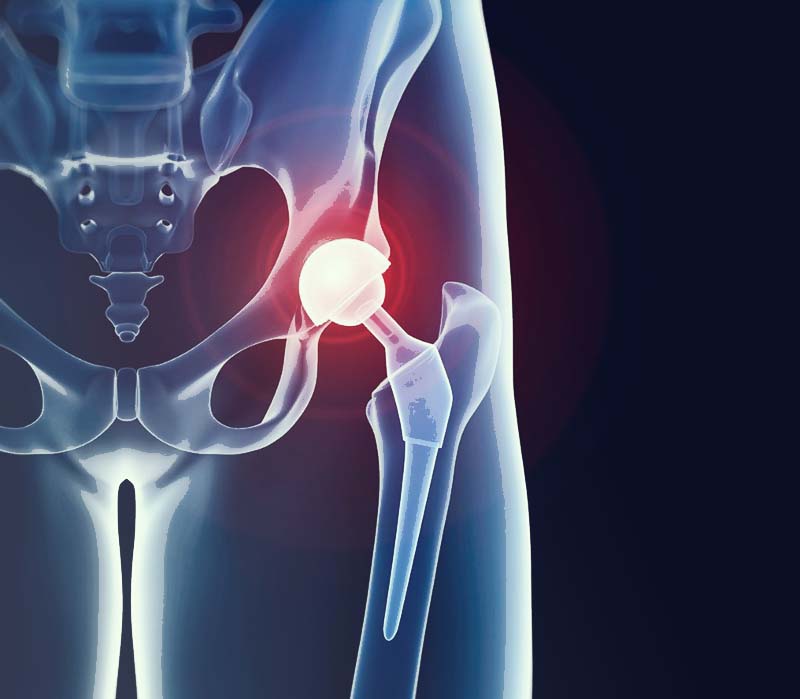
To understand better why it is advisable to return to golf slowly, you need to know a little about this procedure, so if you are considering doing this procedure, you will be able to gauge your time frame to return to your golf.
The hip is referred to as a ball and socket joint, and each portion of the joint is coated with cartilage that allows the joint to move freely.
When osteoarthritis sets in, this cartilage wears away and eventually causes direct contact between the ball part of the joint and the socket.
This is very painful and causes hip mobility to become restricted to the point where walking becomes problematic, and golf becomes impossible.
The condition causes stiffness, locking sensations in the hip, and flaring pain in the buttocks and knees.
To perform a golf swing requires rotational capacity in the hips. With this condition, that movement becomes impossible, so many opt for hip replacement surgery aside from the effect on day-to-day mobility and quality of life.
Using a set of small incisions and tools, the surgeon replaces the hip and socket joint with an artificial one, removes bone fragments and residual cartilage from the joint, and restores the mobility of the hip.
Because of the advancements in microsurgery, most hip replacements are outpatient procedures, meaning the patient can leave the same day the surgery is performed.
In most cases, hospital recovery time is not needed.
Ok let’s wrap it up so you can go hit the course
Understanding the details around hip replacement surgery and how it affects your golf, as well as the recovery process and time frames involved, will mean a successful return to your golf game without risk of recurring injury, inflammation, or dislocation.
You can certainly golf after a hip replacement, and provided you work with your doctor and therapists, take it slow and respect the healing process, exercise, and build back up to full strength, your golf will not be any worse than before the surgery took place.
Follow us on Twitter at https://twitter.com/wolfitgolf and let me know if you’ve implemented any of these techniques on your road to returning to the golf course.
Resources